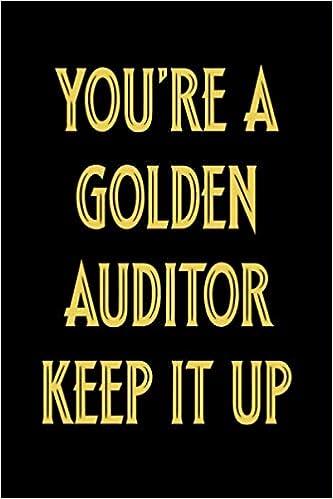Question
I post all information on this question, and if there is more information need to be answered, I don't have it either. Common-sized balance sheets
I post all information on this question, and if there is more information need to be answered, I don't have it either.
Common-sized balance sheets (all items scaled by total assets), common-sized income statements (all items scaled by net sales), and selected financial ratios for the nine companies are provided. Since unusual deviation from target values may occur in any given year, the values for the items were averaged over three years. The three- year average common-sized balance sheet, common-sized income statement, and financial ratios are reported in Exhibits 2, 3, and 4, respectively.
The 9 companies are drawn from the following 9 different industries:
Liquor producer and distributor
Discount airline
Commercial bank (items fitted into the same categories as the non-financial firms)
Computer software company
Large integrated oil and gas company
Mobile phone service operator
R&D-based pharmaceutical manufacturer
Retail grocery company
R&D-based semiconductor manufacturer
Assignment: Using the financial statement data provided in Exhibits 2, 3, and 4, match the companies with their industry. NOTE: #DIV/0! or #Value! indicates that the item was not separately disclosed.




Step by Step Solution
There are 3 Steps involved in it
Step: 1

Get Instant Access to Expert-Tailored Solutions
See step-by-step solutions with expert insights and AI powered tools for academic success
Step: 2

Step: 3

Ace Your Homework with AI
Get the answers you need in no time with our AI-driven, step-by-step assistance
Get Started


